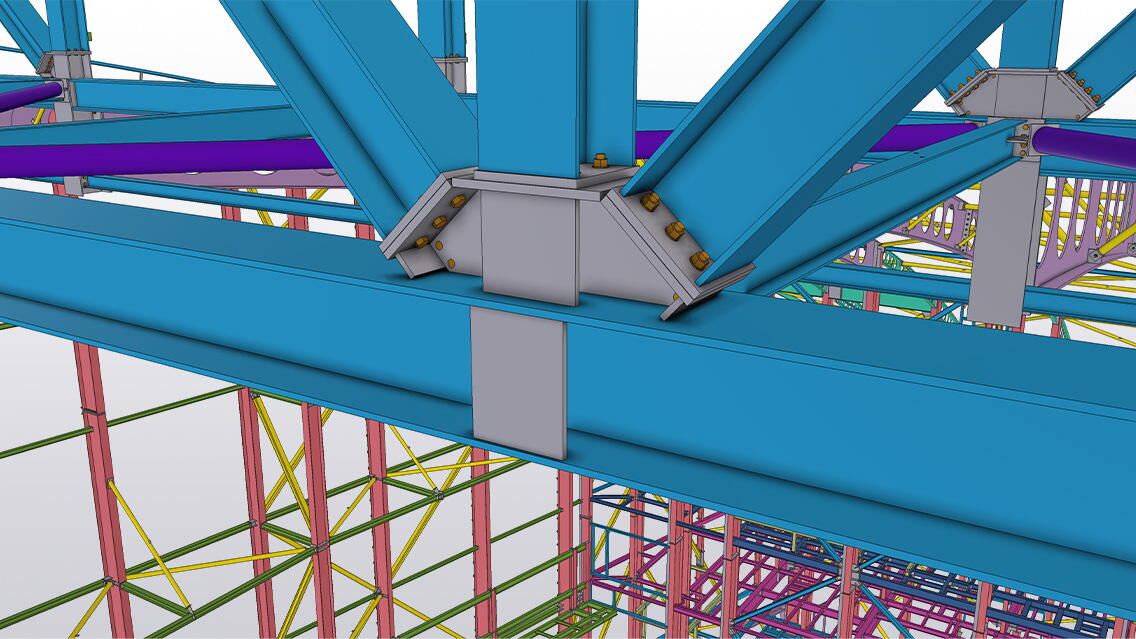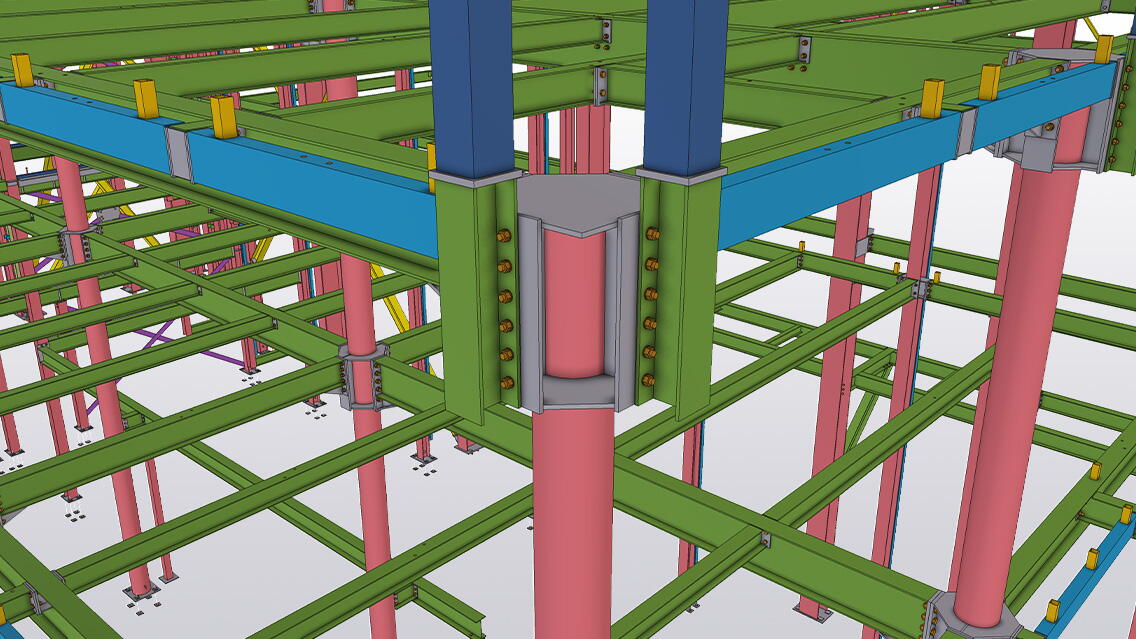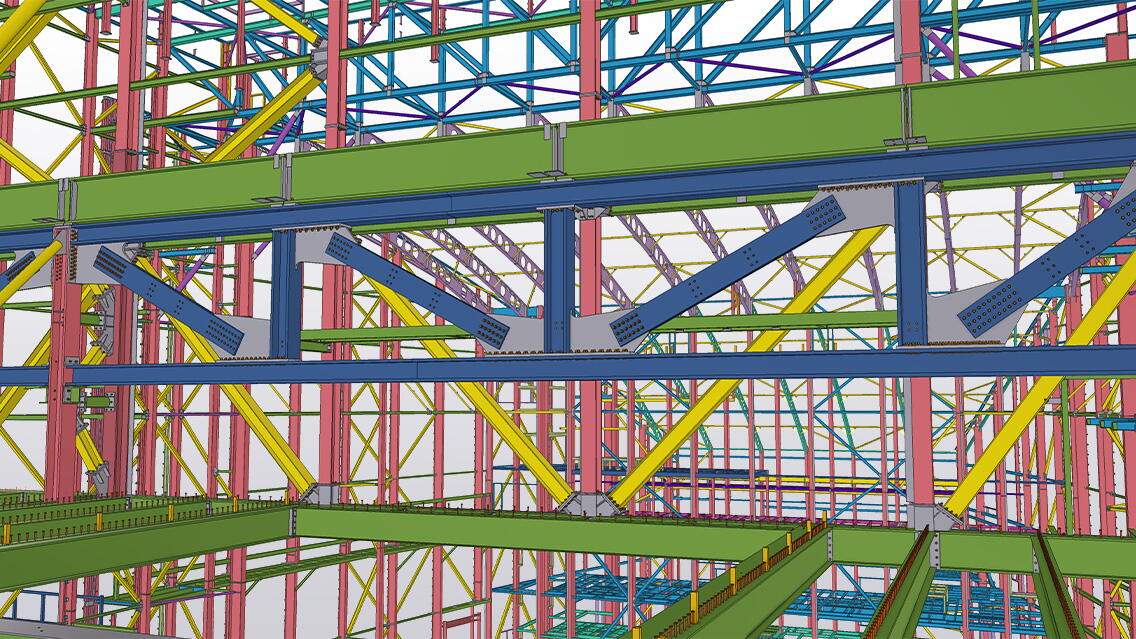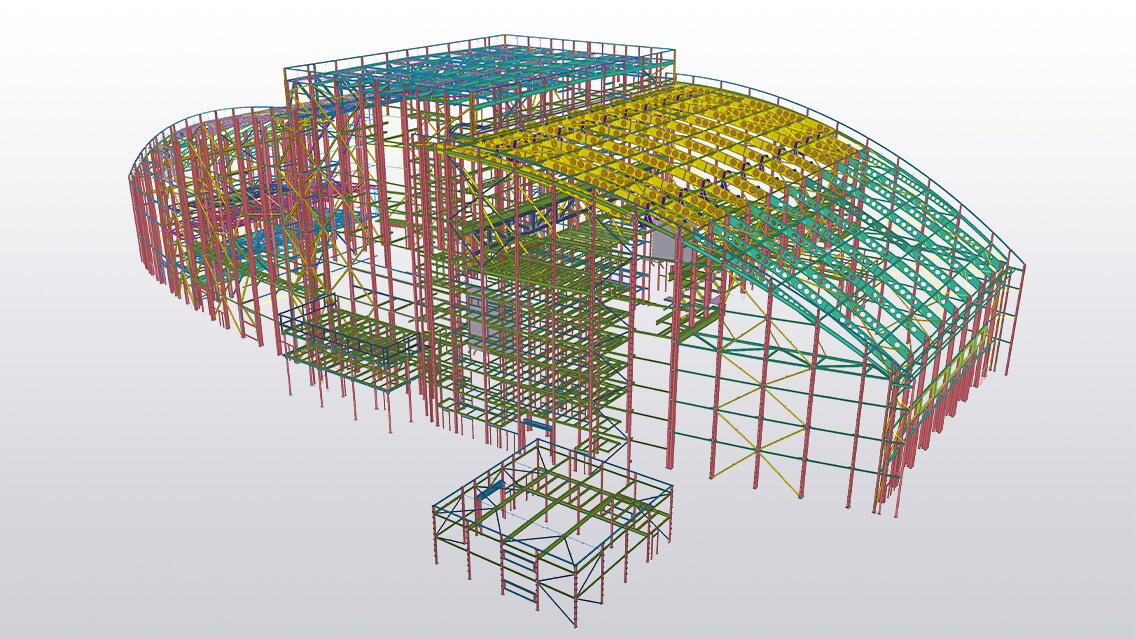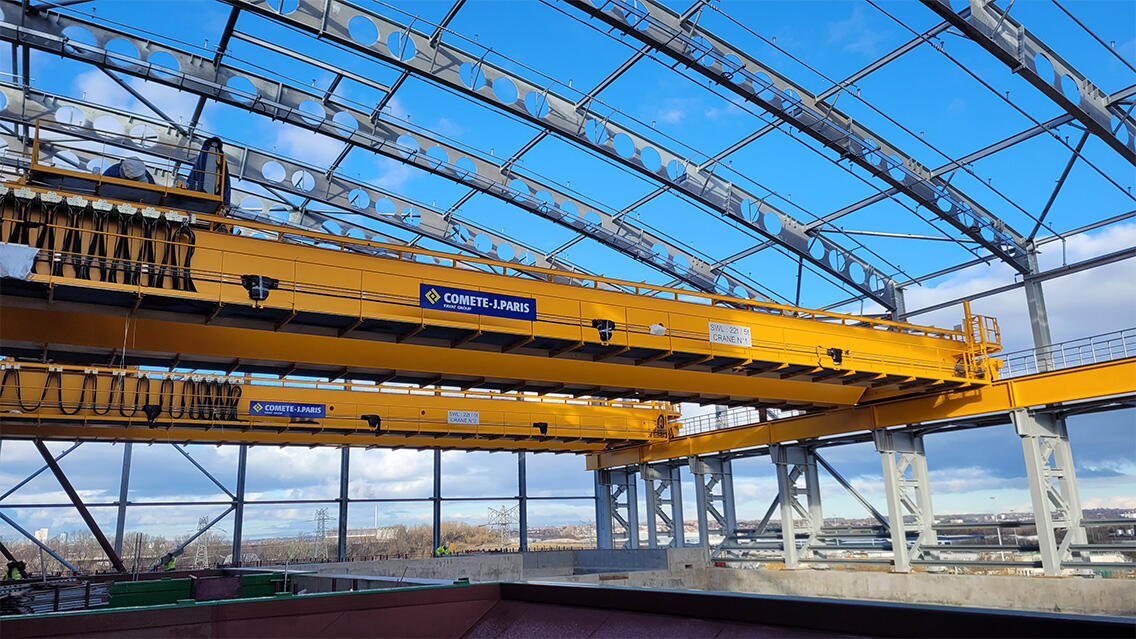Skelton Grange, situated in South Leeds, West Yorkshire, represents a significant addition to the UK's waste management infrastructure. This combined heat and power facility is designed to annually process 410,000 tonnes of residual waste, generating 49 MW (gross) of electricity. Upon full operation, it will provide renewable baseload electricity for over 100,000 UK homes.
The Skelton Grange EfW facility is poised to deliver crucial sustainable waste treatment solutions, diverting non-recyclable waste from landfills. Anticipated to create many job opportunities in West Yorkshire, Skelton Grange will aid in achieving the region's Net Zero target by reducing reliance on fossil fuels and cutting carbon emissions. It aligns with the UK's efforts to diminish waste sent to landfills and enhance material recovery through recycling. Skelton Grange marks the 14th EfW project for Hitachi Zosen Inova (HZI) in collaboration with SSE and Wheelabrator Technologies.
Billington’s role was to provide the structural steel. The facility is designed to efficiently utilise waste steam/heat export from the turbine to provide both heat and power. Its primary steelwork encompasses various essential structures, including the waste bunker, boiler hall, turbine hall, tipping hall, an administrative and storage building. The facility is expected to be operational in 2025.
Challenges and achievements
With complex and challenging architectural elevations involved, as well as the sheer size of the project, steel construction provided the ideal framing solution for this energy-from-waste facility. From the intricate process support requirements to the curving roof, steelwork provided flexibility, simplicity of design and speed of erection compared to any other material. Coordinating the erection of steelwork with the installation of process equipment demanded flexible sequencing and the ability to temporarily support significant structural elements without interrupting other on-site operations.
Due to the project's scale, extensive planning was undertaken to modularise steel components and implement associated temporary stability measures. These included temporary lifting frames, trestles, and diagonal props. Rafters were delivered to the site as single pieces and assembled on the ground into separate roof modules. These modules were then lifted and positioned entirely in single lifts to minimise work at significant heights. Trestles were designed to support the modular assemblies in an upright position until installation, with temporary lifting eyes bolted to the top of the rafters. These eyes were removed once the modular system was securely in place. The waste bunker building features two overhead gantry cranes running along crane beams supported by main columns.
Considering their continuous 24-hour operation, fatigue was a crucial factor addressed during the design phase. All connections associated with the cranes were meticulously designed and detailed to withstand the demanding fatigue conditions arising from their intense usage.
One aspect of the project that the Billington Structures team can be most proud of is their ability to overcome the challenges posed by its complexity. The innovative solutions, such as modular steel construction and temporary stability measures, showcase the team's creativity and problem-solving skills. Their success in addressing the fatigue design challenge and ensuring the structural integrity of the building, whilst delivering on time and to budget despite its size and complexity, demonstrates their expertise and dedication.
Using Tekla software
- Material data from the 3D model was utilised to generate Organizer lists for specific items, such as material lists for plate girders and fittings.
- The drawing office exported GoData files to feed the STRUMIS data management system for further management in production.
- NC1 production data files from the 3D model were exported by the drawing office to various automated CNC machinery and processing systems for production, including plate cutting machines, as well as saw and drill lines.
- 3D views were created for certain items and connections with complexity which aided in visualising orientation and details during the fabrication process. Machines then could physically mark out the positions on the steel automatically, eliminating any manual processes and potential errors.
- Several IFC reference models were provided by both the architect and engineer teams to facilitate model coordination and verification. Given the intricate nature of the project, leveraging the IFC models enabled Billington Structures Ltd to accurately position the steelwork.
- DWG format drawings gave further assistance with layout and detailed aspects such as drillings and fixing details for crane beams.
- Custom components were used within the project to repeat customised end connections and avoid clashes with open mesh floors. Tekla's standard macros addressed some end details with a further development to ensure compatibility with flush-fitted open mesh flooring.
- Custom UDA fields helped categorise steelwork into distinct categories. These attributes were essential for creating visual aids, allowing depiction of the construction and lifting process of various steelwork sections.
- The live Trimble Connect model enabled coordination with both the architect and engineer.
- The site team found the Trimble Connect model beneficial as a visual aid during steelwork erection, enabling them to thoroughly examine the erection area and plan the sequence of operations according to project complexities or restrictions.
What does Billington Structures Ltd say about the project?
“Using BIM and Tekla software enabled our production team to generate 3D views and obtain additional dimensions during fabrication. The model facilitated production assessments at various stages, enhancing our overall project workflow and efficiency. The implementation of Tekla software allowed for meticulous clash detection when coordinating multiple trades, each with their respective sections. By overlaying each drawing, potential issues were identified and addressed before the start of fabrication and construction. The software's collaborative features make sure everyone involved has access to the same information, which speeds up the process of addressing any concerns or issues that arise."
- Chantelle Johnston, Billington Structures Ltd

